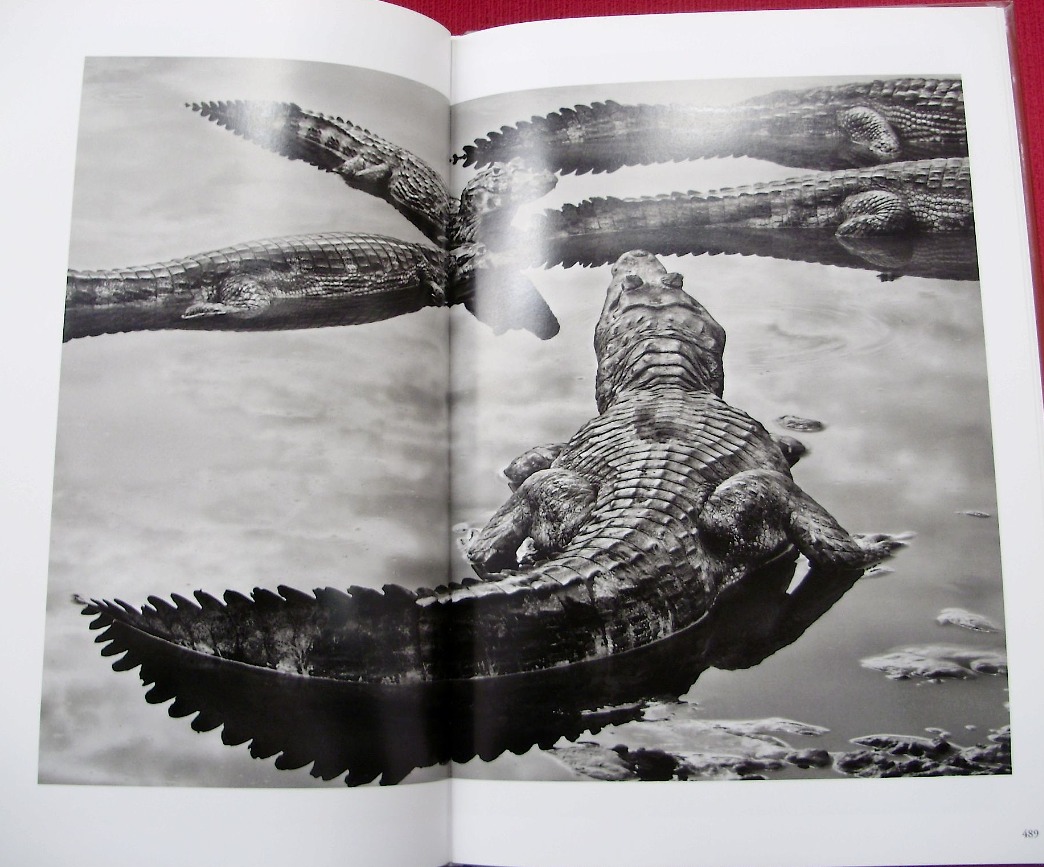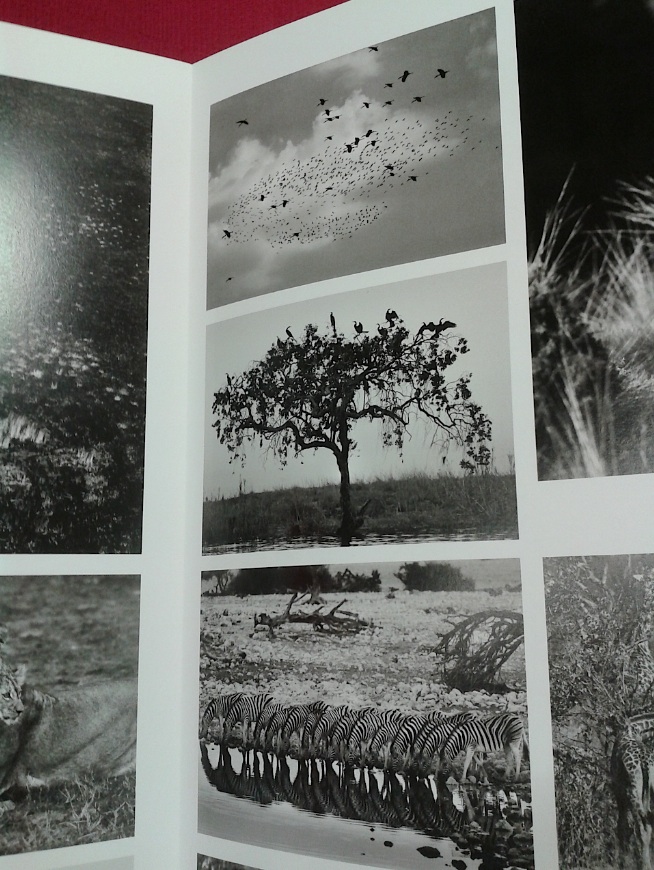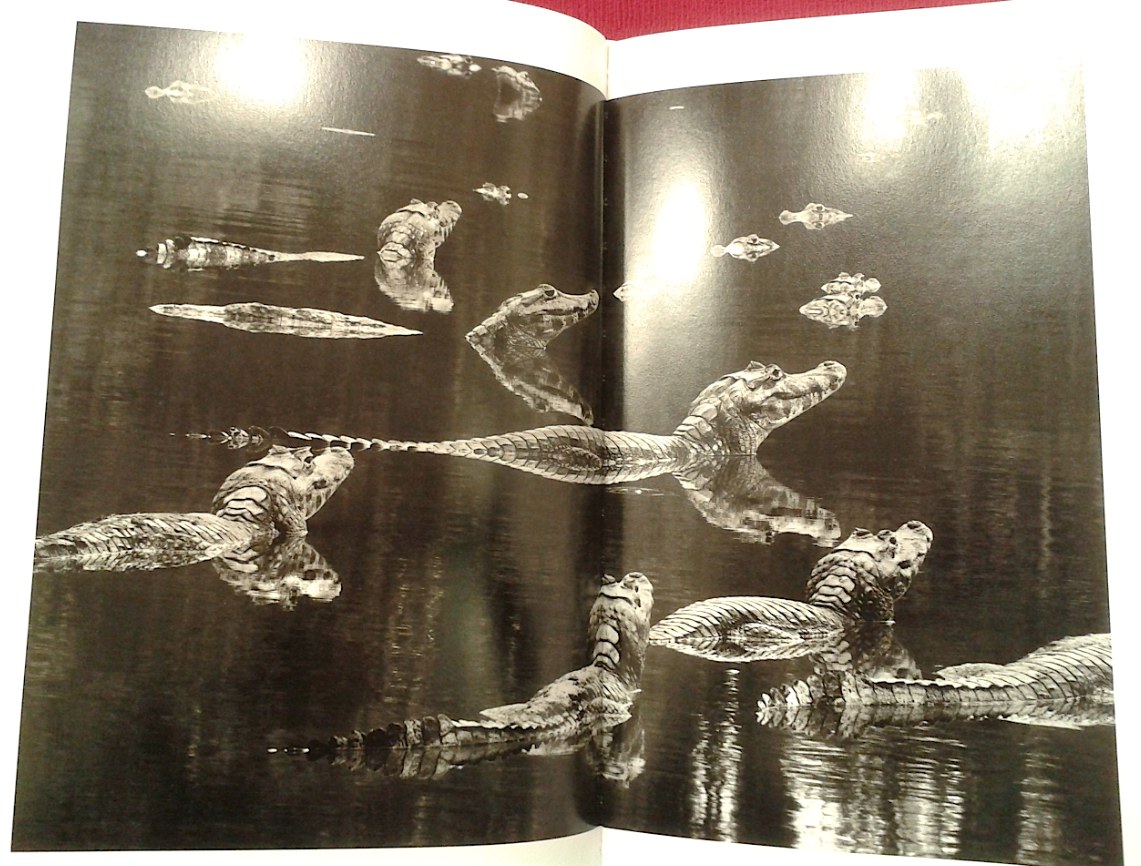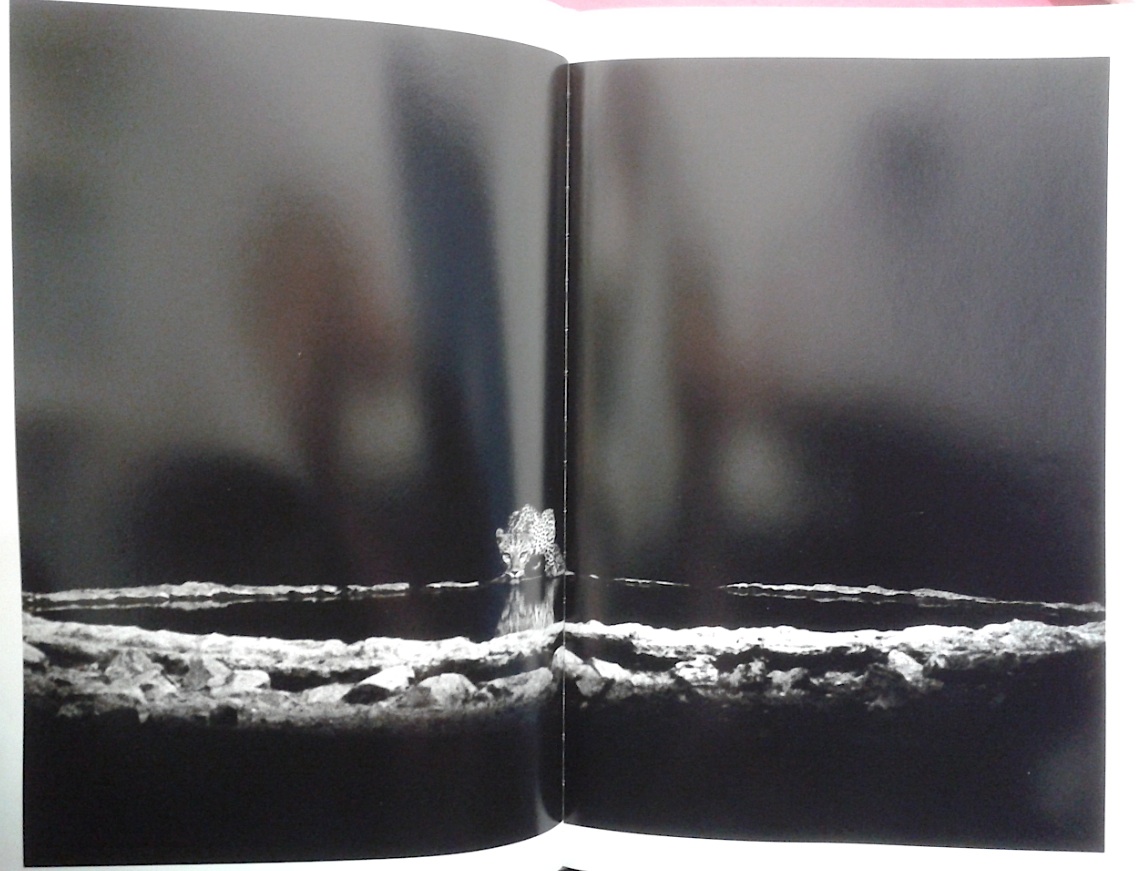M
I
C
R
O
S
T
O
R
Y
O
F
A
R
T
........................................................

NOW COMPLETED:

........................................................
MICROSTORY OF ART
ONLINE JOURNAL FOR ART, CONNOISSEURSHIP
AND CULTURAL JOURNALISM
........................................................
INDEX | PINBOARD | MICROSTORIES |
FEATURES | SPECIAL EDITIONS |
HISTORY AND THEORY OF ATTRIBUTION |
ETHNOGRAPHY OF CONNOISSEURSHIP |
SEARCH

........................................................



 >MICROSTORIES
>MICROSTORIES
- Richard Serra
- Martin Scorsese
- Claude Simon
- Sunshine
- Werner Herzog
- The Creation
- Marcel Duchamp
- Nino Rota
- Wölfflin and Woolf
- Hansjörg Schneider
- Kraftort Arkadien
- Visual Biography
- Schlaraffenleben
- Die Geisteswissenschaften
- The Voyeur
- Buzzword Sustainability
- Paul Verlaine
- Tao Yuanming
- New Beginning
- Seneca
- Still Lifes
- Charles Baudelaire
- Frédéric Chopin
- The Art History of Sustainability
- Wang Wei
- Solarpunk
- Historians of Light
- Lepanto
- Renaturalization
- Plates
- Snow in Provence
- Learning to See
- Picasso Dictionaries
- Peach Blossom Spring
- Picasso Tourism
- Tipping Points
- Sviatoslav Richter
- Weather Reports
- Treasure Hunt
- Another Snowscape in Picasso
- Picasso in 2023
- Dragon Veins
- The Gloomy Day
- The Art of the Pentimento
- Reforestation
- The Status of Painting
- Emergency Supply
- Punctuality
- Watching Traffic
- Zhong Kui
- How Painting Survived the 1990s
- Confirmation Bias
- Sustainability and Luxury
- Garage Bands
- Picasso and Artificial Intelligence
- Eyes of Tomorrow
- Picasso in 2023 2
- Gluing Oneself to Something
- Suburbia
- Bamboo
- Sustainability and Carpe Diem 1
- Interviews with Bruegel
- Sustainability and Carpe Diem 2
- Coffee & Sugar
- Bamboo 2
- Picasso in 2023 3
- Sustainability and Carpe Diem 3
- Cherry Orchard
- Old Magazines
- Chance
- Nick Drake
- Harlequin
- The Smartphone & the Art Book
- Atlas Syndrome
- The Kitchen
- Atlas Syndrome 2
- Consideration
- Tori Amos
- School
- Orchard Auctioning Day
- The Hundred Years’ War
- Sócrates
- Chameleon
- Nefertiti Bust
- Picasso as a Computer
- Sunflowers
- Philemon & Baucis
- Ode to the Radio
- Childhood
- Wimmelbild
- Restitution
- Nick Drake 2
- Wishful Thinking
- Sundays
- The Independent Scholar
- September
- The Fisherman by Pirosmani
- Microadventure
- Sociology
- Salvator Mundi
- Chillon
- Appassionata
- Amber
- Homer
- Berlin
- Planet Walk
- Improvisation
- Seeing Picasso
- These Nice Kids
- Robber
- The One
- The Sea Turtle
- Zoo
- Through the Hush
- Wunderkammer
- I Do Not Seek, I Find
- Shopping Mall
- Food Hamper
- The Secretary
- This Gate
- Nor Rainy Day
- House on a Hill
- Beautiful Island
- Second-hand Bookstore
- Flat
- Slap in the Face
- Serra, Wenkenpark
- Apologies
- The Bells
- Nordmann Fir
- Picasso Wanting To Be Poor
- Picasso, Pirosmani
- A Brief History of Sculpture
- 24 Sunsets
- Rusty Phoenix
- Glove
- Wintry Stanza
- A Song
- Like A Beatle
- Catching An Orange
- Solar Bees
- Permaculture

 >FEATURES
>FEATURES
- Van Gogh On Connoisseurship
- Two Museum’s Men
- Ende Pintrix and the City in Flames
- Titian, Leonardo and the Blue Hour
- The Man with the Golden Helmet: a documentation
- Un Jury d’admission à l’expertise
- Learning to See in Hitler’s Munich
- Leonardo da Vinci and Switzerland
- The Blue Hour Continued
- The Blue Hour in Louis Malle
- Kafka in the Blue Hour
- Blue Matisse
- Blue Hours of Hamburg and LA
- A Brief History of the Cranberry
- The Other Liberale in the House
- The Blue Hour in Raphael
- Who Did Invent the Blue Hour?
- Monet on Sustainability
- Velázquez and Sustainability
- The Blue Hour in Guillaume Apollinaire
- Van Gogh on Sustainability
- The Blue Hour in Marcel Proust
- Picasso and Sustainability
- The Contemporary Blue Hour
- The Blue Hour in 1492
- The Blue Hour in Hopper and Rothko
- Hopper and Sustainability
- The Blue Hour in Ecotopia
- The Hour Blue in Joan Mitchell
- Explaining the Twilight
- The Twilight of Thaw
- The Blue Hour in Pierre Bonnard
- Explaining the Twilight 2
- Picasso on Stalin
- Rubens on Sustainability
- The Salvator Mundi in Bruegel and Rubens
- The Blue Hour in Leonardo da Vinci and Poussin
- The Blue Hour in Rimbaud
- Faking the Dawn
- Frost and Thaw in Ilya Ehrenburg
- Picasso, Stalin, Beria
- Picasso, Solzhenitsyn and the Gulag
- Shostakovich on Picasso
- Hélène Parmelin in 1956
- Historians of Picasso Blue
- Picasso Travelling to Moscow 1
- The Blue Hour in Caravaggio
- Picasso Travelling to Moscow 2
- Picasso, the Knife Game and the Unsettling in Art
- Some Notes on Leonardo da Vinci and Slavery
- Picasso Moving to the Swiss Goldcoast
- The Blue Hour in Camus
- The Blue Hour in Symbolism and Surrealism
- Caspar David Friedrich in His Element
- Exhibiting the Northern Light
- Caspar David Friedrich in His Element 2
- Robert Schumann and the History of the Nocturne
- The Blue Hour in Robert Schumann
- Caspar David Friedrich and Sustainability
- The Twilight of Thaw 2
- Multicultural Twilight
- The Blue Hour in Anton Chekhov
- The Blue Hour in Medieval Art
- Twilight Photography
- The Blue Hour in Bob Dylan
- Iconography of Optimism

 >SPECIAL EDITIONS
>SPECIAL EDITIONS
- Visions of Cosmopolis
- Mona Lisa Landscapes
- Turner and Ruskin at Rheinfelden
- Painters On TV & On TV
- Spazzacamini in Art
- A Last Glance at Le Jardin de Daubigny
- The Experimental Cicerone
- A Dictionary of Imaginary Art Historical Works
- Iconography of Blogging
- Begegnung auf dem Münsterplatz
- Cecom
- Das Projekt Visual Apprenticeship
- Those Who See More
- A Fox on Seeing with the Heart
- Sammlung Werner Weisbach
- Daubigny Revisited
- Some Salvator Mundi Microstories
- Some Salvator Mundi Afterthougths
- Some Salvator Mundi Variations
- Some Salvator Mundi Revisions
- A Salvator Mundi Questionnaire
- A Salvator Mundi Puzzle
- Unknown Melzi
- Francis I and the Crown of Charlemagne
- From Amboise to Fontainebleau
- Drones Above Chambord
- Looking Back At Conques
- Flaubert At Fontainebleau
- Images of Imperial Ideology
- The Chronicles of Santa Maria delle Grazie
- Seeing Right Through Someone
- Melzi the Secretary
- Eying Glass
- A Foil to the Mona Lisa
- A Renaissance of the Cartoon
- Sketching a Family Tree
- Venetian Variations
- A Brief History of Digital Restoring
- A Consortium of Painters
- Leonardeschi and Landscape
- A Christ in Profile
- Learning to See in Spanish Milan
- A History of Gestures
- Leonardo and Josquin
- A Renaissance of the Hybrid
- Suida and Heydenreich
- The Watershed
- Three Veils
- From Beginning to End
- Connoisseurship of AI
- Twilight and Enlightenment
- The Blue Hour in Chinese Painting
- Dusk and Dawn at La Californie
- Iconography of Sustainability
- The Blue Hour in Goethe and Stendhal
- The Sky in Verlaine
- The Blue Hour in Paul Klee
- Iconography of Sustainability 2
- The Blue Hour in Charles Baudelaire
- From Bruegel to Solarpunk
- Some Salvator Mundi Documentaries
- Some More Salvator Mundi Monkey Business
- The Windsor Sleeve
- Brigitte Bardot’s Encounter with Picasso
- Art Historians and Historians
- A Salvator Mundi Chronicle
- The Salvator Mundi and the French Revolution
- The Fontainebleau Group
- The Encounter of Harry Truman with Pablo Picasso
- The Fontainebleau Group Continued
- The Windsor Sleeve Continued
- The Salvator Mundi in Early Netherlandish Painting 1
- Some Salvator Mundi Resources
- A New Salvator Mundi Questionnaire
- The Woman in Picasso
- The Yarborough Group
- Melzi, Figino and the Mona Lisa
- The Yarborough Group Continued
- A Salvator Mundi Global History
- The Salvator Mundi in Medieval Art
- The Salvator Mundi in Medieval Art 2
- The Salvator Mundi in Early Netherlandish Painting 2


 >HISTORY AND THEORY OF ATTRIBUTION
>HISTORY AND THEORY OF ATTRIBUTION
- The Mysterious »Donna Laura Minghetti-Leonardo«
- Assorted Demons of Connoisseurship
- Panofsky Meets Morelli
- Discovering the Eye of Sherlock Holmes
- Handling the Left-handed Hatchings Argument
- Visual History of Connoisseurship
- Alexander Perrig
- Connoisseurship in 2666
- What Postmodernity Has Done to Connoisseurship
- Dividing Four Fab Hands
- A Leonardesque Ambassador
- Test Cases in Connoisseurship
- A Raphael Expertise
- How to Tell Titian from Giorgione
- Louise Richter
- The Unique Property in the History of Connoisseurship
- An Expertise by Berenson
- The Book of Expertises
- An Album of Expertises
- An Expertise by Friedländer
- A Salvator Mundi Provenance
- How to Tell Leonardo from Luini
- An Expertise by Crowe and Cavalcaselle
- An Expertise by Bayersdorfer
- An Expertise by Hermann Voss
- An Expertise by Hofstede de Groot
- Leonardeschi Gold Rush
- An Unknown »Vermeer«
- An Expertise by Roberto Longhi
- An Expertise by Federico Zeri
- A Salvator Mundi Geography
- A Salvator Mundi Atlas
- The Bias of Superficiality
- 32 Ways of Looking at a Puzzle
- James Cahill versus Zhang Daqian
- Five Fallacies in Attribution
- On Why Art History Cannot Be Outsourced to Art Dealers
- On Why Artificial Intelligence Has No Place in Connoisseurship
- Salvator Mundi Scholarship in 2016
- Leonardo da Vinci at the Courts
- The Story of the Lost Axe
- The Last Bruegel
- A Titian Questionnaire
- On Where and Why the Salvator Mundi Authentication Did Fail
- The Problem of Deattribution

 >ETHNOGRAPHY OF CONNOISSEURSHIP
>ETHNOGRAPHY OF CONNOISSEURSHIP
MICROSTORY OF ART
ONLINE JOURNAL FOR ART, CONNOISSEURSHIP
AND CULTURAL JOURNALISM
........................................................

***
ARCHIVE AND FURTHER PROJECTS

1) PRINT


***
2) E-PRODUCTIONS


........................................................

........................................................

........................................................
FORTHCOMING:


***
3) VARIA

........................................................

........................................................

........................................................

........................................................

........................................................
***
THE GIOVANNI MORELLI MONOGRAPH

- The Giovanni Morelli Monograph
........................................................
MICROSTORY OF ART
ONLINE JOURNAL FOR ART, CONNOISSEURSHIP AND CULTURAL JOURNALISM
HOME
MICROSTORY OF ART
MICROSTORY OF ART
ONLINE JOURNAL FOR ART, CONNOISSEURSHIP AND CULTURAL JOURNALISM

Dedicated to George Steiner

(Picture: art-days.com/Sebastião Salgado)
Does the Bible contain a an oeuvre catalogue, if not to say: catalogue raisonné?
With the scholar and critic George Steiner we might say: Yes. The Book of Job does contain such a catalogue. Because, asked why the righteous on Earth do suffer, the Lord does answer from the whirlwind. And he does, according to Steiner (Grammars of Creation, 2001), answer with enfolding his oeuvre catalogue.
The Creation Thought as Oeuvre Catalogue

(Picture: DS, after Genesis by Sebastião Salgado)
Theologians have never come to a consensus as to the question, if the Lord does actually answer the question raised by Job, and by the Book of Job. Some think that he does. By enfolding the oeuvre catalogue, by referring also to the mighty beasts, and by indirectly pointing to the fact that evil (or the possibility of evil) is being part of the creation (as is freedom, or because there is also freedom).
Others believe, and believing is to be understood here in its equivocal meaning, that the Lord does answer by not answering the question. By not debating with Job, but by showing the sublime of the creation. In sum: by enfolding his oeuvre catalogue. By overwhelming Job, who drops his question.
I do believe that, whether the Book of Job does stage the Lord as answering or not answering, the Book of Job does stage, within the Bible, the challenging of the Bible itself. Because, whether one does find the happy end of the Book of Job as reassuring, or on the contrary, as not reassuring at all, because too obviously staged: it does remain, on a literary level, but also on an ontological level (if the Book of Job is being taken seriously), the fact that the frame story of the Book of Job shows the Lord accepting Satan as the antagonist, or, if one does prefer: even as a partner. Allowing him to play with Job and to test him. To bring evil upon the righteous. To do anything to him. And with this ontology, which might also explain why the righteous do suffer on Earth, and which thus might also be taken as some answer to the question, the Book of Job (or the inclusion of the Book of Job into the Bible) did bring the challenging of the Bible into the Bible. Into the Book of Job, wherein the Lord does direct his word to Job when speaking from the whirlwind, if this is now considered to be an answer or not.
(And as George Steiner has pointed out most beautifully, the language of the speech from the whirlwind is most powerful, and the Book of Job, 39-41, does raise the everlasting question as to the author of these lines).
But the question does remain: Is this God who is playing games with Job, and with mankind as a whole (and with Satan), is this the God that men can accept? – We have come full circle. This is what the Book of Job is all about. No scholar has ever decided this question, because, perhaps, it is for every individual to decide anyway in the end. But with dismissing the Bible, the Book of Job, and every questioning of the kind that the Book of Job does present us with – what ontology do we have to replace it? What answers to the everlasting questions? What answers have scientists? And what answers have artists? If dealing with the Book of Job. With the creation. Or with the question why men and woman, and also innocent and righteous men and women, do suffer? What answers do we have at all?

(Picture: DS, after Genesis by Sebastião Salgado)
These are the all too big questions, but what remains within our reach is the observation that various artists, while generally not referring to the Book of Job and the questions it did and does raise, still operate with fragments of answers and strategies that already the Book of Job did present. It does not seem that our age has overcome the everlasting questions. But again: it still seems interesting to listen if there are remote echoes of the Book of Job in contemporary culture, echoes for example as to the regarding of the creation of a sort of oeuvre catalogue. Let us consider the examples of cinematographer and writer Werner Herzog and of photographer Sebastião Salgado:
One) Werner Herzog: Envisioning and describing a Landscape (as being unfinished by God and left in anger)
›As with the mad fury of a dog, having bitten into the leg of an already dead roe deer, rattling and tearing at the already bagged head of game, so that the hunter gives up to sooth him, a vision had clinged inside of me, the image of a big steamer over [probably: on top of] a hill – the ship under steam by its own force winding upwards a steep slope in the jungle, and above a nature which equally destroyed the self-pitying as the strong ones, the voice of Caruso, silencing all the pain and all the screaming of the animals from the jungle and extinguishing the singing of the birds. More correct: the screaming of the birds, since in this landscape, unfinished and left by God in wrath, the birds do not sing; they scream out of pain, and puzzled trees, within the steam of a creation, that here is not finished, are clinging, like fighting giants, to each other, from one horizon to the other. Gasping out fog and exausted they are in this unreal world, in an unreal misery – and with me, utterly terrified, being present, like within the stanza of a poem in a foreign language that I do not understand.‹
»Wie bei der irrwitzigen Wut eines Hundes, der sich in das Bein eines bereits toten Rehs verbissen hat und an dem erlegten Wild rüttelt und zerrt, so dass der Jäger ihn zu beruhigen aufgibt, hatte sich in mir eine Vision festgekrallt, das Bild von einem grossen Dampfschiff über [sic] einen Berg – das Schiff unter Dampf sich aus eigener Kraft einen steilen Hang im Dschungel hinaufwindend, und über einer Natur, die die Wehleidigen und die Starken gleichermassen vernichtet, die Stimme Carusos, die allen Schmerz und alles Schreien der Tiere aus dem Urwald zum Verstummen bringt und den Gesang der Vögel verlöscht. Richtiger: das Schreien der Vögel, denn in dieser Landschaft, unfertig und von Gott im Zorn verlassen, singen die Vögel nicht; sie schreien vor Schmerz, und verwirrte Bäume krallen sich wie Riesen im Kampf ineinander, von Horizont zu Horizont, im Dampf einer Schöpfung, die hier nicht beendet ist. Nebelkeuchend und erschöpft stehen sie in dieser unwirklichen Welt, in einem unwirklichen Elend – und ich, wie in der stanza eines Gedichts in einer fremden Sprache, die ich nicht verstehe, befinde mich zutiefst erschrocken dabei.«
(Source: Werner Herzog, Eroberung des Nutzlosen, Munich 2004, p. 7; my translation)
*
Two) Sebastião Salgado: Showing the Creation, Showing Genesis

(Picture: DS, after Genesis by Sebastião Salgado)
With his recent photo book Genesis, photographer Sebastião Salgado, who claims himself to be a Darwinian, has left other projects behind (Workers; Migrations). Other projects that were dedicated to show and to document human suffering on Earth. And this turn of the artist, according to the photographer’s own statements, has to do with a coming to terms with having seen and documented an almost unbearable amount of suffering.
Genesis does show the overwhelming beauty of nature, it does, even if it does show the Amazon basin, a completely different view of nature, if compared to the nature that Werner Herzog does envision, reflect, describe. But even if based on a Darwinian view, the project does not drop the link to the Old Testament, in explicitly referring to the Book of Genesis, and to a ›journey through the Old Testament‹ (pp. 296-307).
What is now the relation of Genesis to the former projects of Salgado? Does Genesis represent an equivalent to the Speech from the Whirlwind from the Book of Job? Is Genesis to be seen as a kind of answering/not answering by enfolding a magnificent and visually powerful book, similar to the oeuvre catalogue enfolded by the Book of Job?

(Picture: Wilson Dias/ABr - Agência Brasil)
Or does it seem unnecessary and unjustified to relate these projects, since human suffering can be explained by human evil, men exploiting other men, using direct or indirect means (structural violence) of exploitation. And Salgado did even study economics at some point of his life.
But why then dedicating a book to the overwhelming beauty of the creation (without showing its uglier, its violent and merciless sides as Herzog does) and to call it Genesis? Is this meant to be a secular narrative by a Darwinian, in analogy to the Biblical account? Or is this, and here we have again come full circle, the suggestive method of answering by not answering. Because there is the overwhelming beauty of nature, and because this might be enough? Because the being overwhelmed by beauty does reassure?
Or because there is no answer to the question why there is evil (exploitation, violence, disease) in the world. As being part of the creation?
One might criticize Salgado for showing only the beautiful and overwhelming side of the creation. But it seems to be more appropriate to see the various works by Salgado in its perhaps rather hidden relation (and in its perhaps less visible relation to his personal ontology). Which would seem also to be a more adequate method of not leaving the everlasting questions behind, and to see the Book of Job – as the cited examples of regarding the creation as being a sort of artist creator’s, or the evolution’s oeuvre catalogue – as only, or as just elder and newer human attempts to deal with the everlasting questions. Mutually enlightening perhaps, even if not answering questions at all. But by still asking, while not implicitly or explicitly pretending that one might leave the everlasting questions raised by the Book of Job, as one of the peaks of human culture (and perhaps in particular of poetry, if one is capable to read Hebrew), simply and thoughtlessly behind.

(Picture: DS, after Genesis by Sebastião Salgado)
MICROSTORY OF ART
ONLINE JOURNAL FOR ART, CONNOISSEURSHIP AND CULTURAL JOURNALISM
HOME
© DS